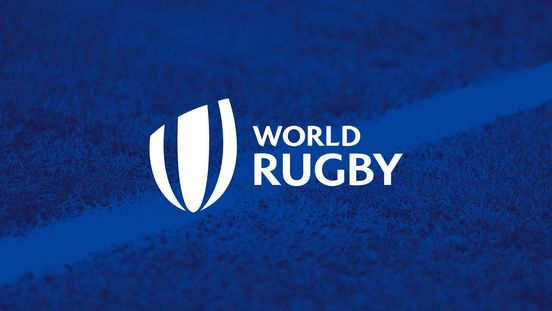Transgender FAQs Notice
Note: The terminology used when discussing issues involving transgender players can be controversial. A glossary is included in the Guideline that contains more detailed explanations of frequently used terms. the glossary is provided to ensure that the Guideline is clear to everyone who reads it, but it is acknowledged that not all terms are used or agreed on by all people. It is important to note that no term is used in a manner intended as a judgement or challenge to the gender identity or dignity of anyone. For example, the use of "biological male" is not to suggest that transgender women are not women but simply to distinguish between people whose development is influenced by androgens such as testosterone, and others defined as "biological females" (who derive no changes due to androgens during puberty).





